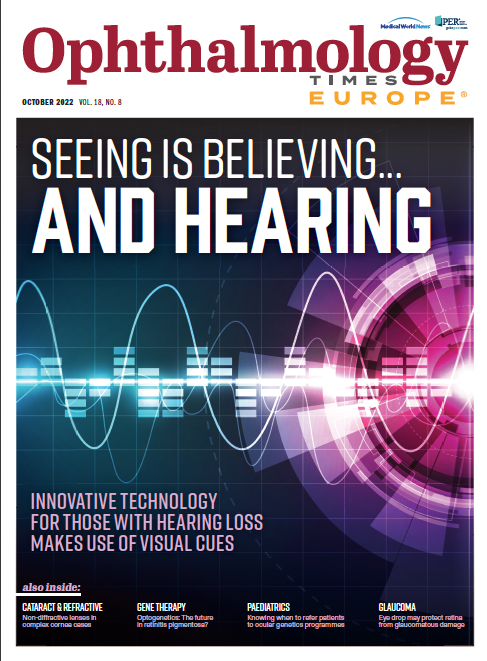Effect of drusen and atrophy on automated segmentation in OCT images
Study images showed that large drusen compressed the inner macula and distorted the tissue architecture, and geographic atrophy resulted in posterior prolapse of the inner retinal layers.
Reviewed by Leila Chew.
Leila Chew is a medical student in the Glaucoma Division at Stein Eye Institute at the David Geffen School of Medicine at the University of California, Los Angeles (UCLA), United States.

Alterations of the outer retinal layers from age-related macular degeneration (AMD) can interfere with the automated segmentation of the individual retinal layer thicknesses with macular optical coherence tomography (OCT), the standard technology used to evaluate the central retinal ganglion cells for glaucoma. This finding was reported by Leila Chew and her colleagues. Ms Chew is a medical student in the Glaucoma Division at Stein Eye Institute at the David Geffen School of Medicine at the University of California, Los Angeles (UCLA), United States.
As Leila Chew explained, the automated segmentation function in the OCT machine facilitates accurate measurement of the inner macular layer thickness. However, AMD can result in deterioration of the outer retinal layers from the presence of drusen and tissue atrophy, which alters the retinal structure and interferes with the accuracy and automatic segmentation of the inner retinal layers.
Ms Chew and her colleagues took a close look at the effect of dry AMD, specifically drusen and outer retinal atrophy, on the retinal architecture and evaluation of the inner retinal layers. The investigators conducted a study that included 263 consecutive eyes of 167 patients with dry AMD during a 1-year period from May 2020 to May 2021.
After satisfying the inclusion criteria, 125 eyes were ultimately included in the analysis. Of the included eyes, 29 had atrophy and 98 had drusen; all 29 images with atrophy and 53 representative images of the 98 with drusen were analysed.
The drusen in the images were segmented automatically on B scans using a publicly available and validated deep learning approach. The inner plexiform layer/inner nuclear layer boundary was automatically segmented using the software in the Spectralis OCT machine (Heidelberg Engineering). The investigators then evaluated each image to determine whether the segmentation was correct and if there was evidence of any displacement of the inner retinal layers.
Results of segmentation analysis
“We found that the images began demonstrating incorrect segmentation in the presence of large drusen greater than 150 micrometres (μm), with a 20% chance of failed segmentation with drusen 150 μmto 185 μm in height, and all the images with drusen above 185 μm had incorrect segmentation in our study,” Ms Chew said. “When normalising the drusen height by the total retinal thickness, there was a significant chance (36%) of failed segmentation at ratios of 0.45 or higher.”
Ms Chew explained that the images often showed displacement of the inner retinal layers when the drusen were higher than 100 μm or with a normalised drusen ratio of 0.3 or higher. The study images showed that large drusen compressed the inner macula and distorted the tissue architecture. Inaccurate segmentation of the inner retina was observed.
She also reported that in eyes with geographic atrophy, 87% of the images showed incorrect segmentation. In these images, posterior prolapse of the inner retinal layers resulted from the atrophy.
“Outer retinal diseases can result in distortion of the inner retinal layers, leading to inaccurate segmentation and compression,” the investigators concluded. “Physicians should be aware of these effects when interpreting the results of macular OCT images in patients with glaucoma.”
Leila Chew
E: LeilaChew@mednet.ucla.edu
This article was adapted from Ms Chew’s poster presentation at the American Glaucoma Society’s 32nd Annual Meeting in Nashville, Tennessee, US. She has no financial interest in this subject matter.

